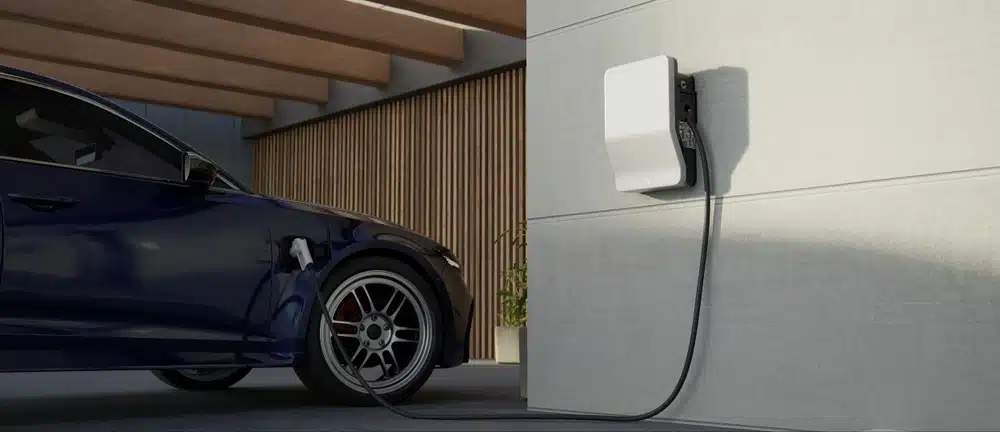What is EV Charging: A Comprehensive Guide
In recent years, the electric vehicle (EV) market has experienced exponential growth, with more drivers than ever making the switch to eco-friendly transportation. As a result, the demand for EV charging infrastructure has soared, prompting the need for a deeper understanding of EV charging. In this article, we’ll explore what EV charging entails, the different types of chargers available, and where to find charging stations in America, including Broward County, FL.
At its core, EV charging refers to the process of replenishing the battery of an electric vehicle. Much like refueling a traditional vehicle with gasoline, EV charging provides the necessary energy to power the vehicle’s electric motor and propel it forward. However, instead of using combustible fuels, EVs rely on electricity stored in their batteries for propulsion.

There are several types of EV chargers available, each offering varying charging speeds and compatibility with different vehicles. The most common types include Level 1, Level 2, and Level 3 chargers. Level 1 chargers utilize standard household outlets and provide a slow charging rate, making them suitable for overnight charging at home. Level 2 chargers, which require a 240-volt outlet, offer faster charging speeds and are commonly found in public parking lots, workplaces, and residential areas. Level 3 chargers, also known as DC fast chargers, are the fastest option and are typically located along highways and major travel routes, providing rapid charging for drivers on the go

In addition to these conventional charging options, Tesla owners have access to a proprietary charging network known as Tesla Superchargers. These high-speed chargers are specifically designed for Tesla vehicles and can replenish the battery significantly faster than traditional Level 2 chargers.






